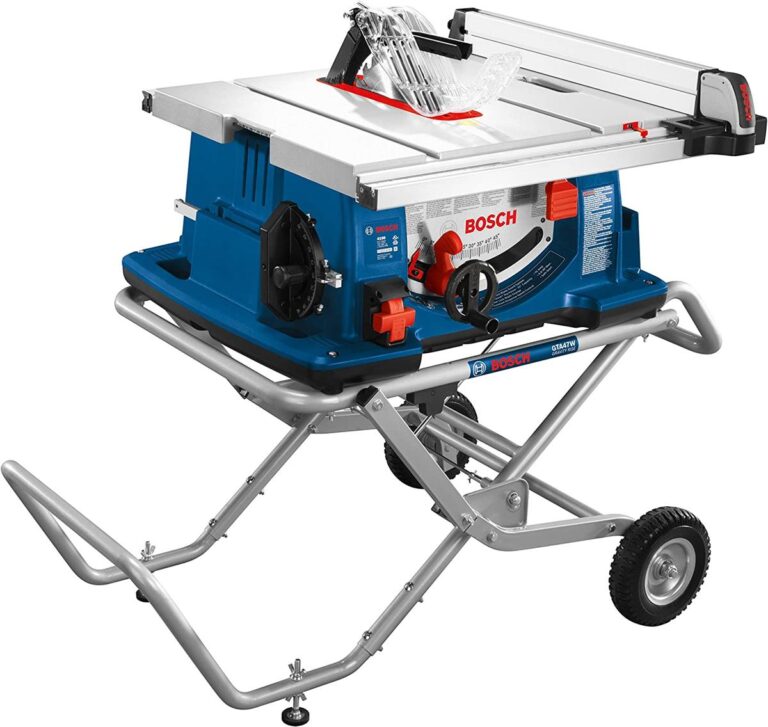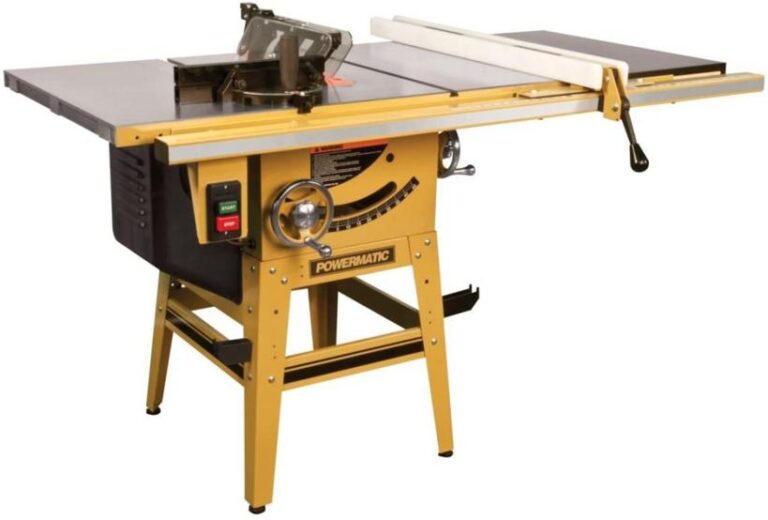Beautiful Plants For Your Interior
Beautiful Plants For Your Interior

Are you looking for the ultimate precision cutting tool for your DIY or crafting projects? If so, you may want to check out mini and micro table saws. But what exactly are these power tools, and why are they becoming…

Have you ever wished you could take your woodworking projects on the go? With the help of portable table saws, now you can! These innovative pieces of equipment allow you to take your work anywhere, without compromising on power or…

Are you tired of having to drag out your bulky table saw every time you need to make a cut, but don’t have the space for a full-sized stationary saw? Look no further than the space-saving solution of a benchtop…

Have you been debating whether to upgrade your table saw? Are you looking for a saw that blends the power and durability of a cabinet saw with the portability and convenience of a contractor saw? If so, a hybrid table…

Are you in the market for a new cabinet table saw but have no idea where to start? Picking the perfect one can be a daunting task, but fear not! We’ve got you covered with these 5 easy tips for…

Do you love woodworking? Are you in the market for a high-quality, durable saw? Then the question you should be asking yourself is whether a contractor table saw is the right choice. Before making any purchase, it’s smart to first…

Have you ever wondered how to create those perfectly crafted box joints on your woodworking projects? You know, the ones that fit together like puzzle pieces, forming a strong and durable bond that lasts for years. Well, wonder no more!…
Are you an avid woodworker who’s experienced the heart-stopping moment of table saw kickback? Do you want to prevent kickback from happening altogether? If so, you’re in the right place. In this article, we’ll show you how to avoid kickback…

Are you tired of using a table saw without the proper tools? One essential tool for your cutting needs is a miter gauge. However, it can be challenging to choose the right one for your table saw. Fear not, as…

Are you planning a DIY home improvement project and trying to decide on the best cutting tool for the job? Look no further than the table saw. In this blog post, we’ll explore the advantages of using a table saw…